Surge arresters and grounding systems do not operate in isolation - the effectiveness depends on how well they work together.
A surge protective device can only perform properly when its discharge path - through the grounding system - is reliable and low impedance. Likewise, a grounding system is more effective when paired with surge arresters that limit transient voltages before they reach sensitive equipment.
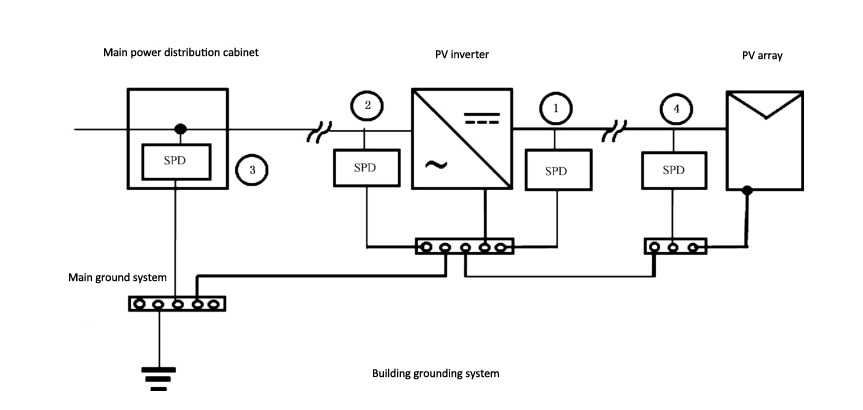
Figure 1 - electrical circuits integrate both surge protective devices and grounding systems
The roles of two elements are distinct but deeply interconnected, forming a unified protection strategy that enhances the safety and resilience of electrical systems. This article explores how they collaborate for optimal performance under surge and fault conditions.
Definition and working principle
Grounding refers to establishing an electrical connection between the metal structure or other conductive parts of electrical equipment and the earth, so that the electrical equipment and the earth form an equipotential connection. The earth is used as a huge capacitor to absorb leakage current or fault current in electrical equipment, thereby protecting it.
A surge arrester, or a surge protective device (SPD), is a device used to protect electrical equipment from the hazards of high transient overvoltage during direct and indirect lightning strikes. Surge arresters usually take advantage of the characteristics of non-linear resistors (such as metal oxide resistors) to show a high resistance state under normal operating voltage. However, under the action of overvoltage, the resistance drops sharply and discharges the overvoltage into the earth through PE lines.
Function and purpose
The main functions of grounding are to prevent personal injury and death from electric shock, ensure the normal operation of the power system, protect transmission lines, power transformation and distribution equipment, and the insulation of electrical equipment from damage, prevent fires, prevent lightning strikes from damaging equipment, and prevent the hazards of electrostatic discharge, etc. The fault current or lightning current is quickly discharged into the earth soil through the grounding electrode to protect personal safety and electrical equipment safety.
The main function of the surge arresters is to protect electrical equipment from lightning damage and limit the time and amplitude of freewheeling. Through the action of parallel discharge gaps or nonlinear resistors, the amplitude of the intruding flow wave is clipped and the overvoltage value of the protected equipment can be greatly reduced.
Usage occasions and installation location
Occasions for use of grounding: Suitable for all electrical circuits and systems for safe operation.
Installation location: The metal structure or other conductive parts of the electrical equipment are usually connected to the ground electrode through a ground wire.
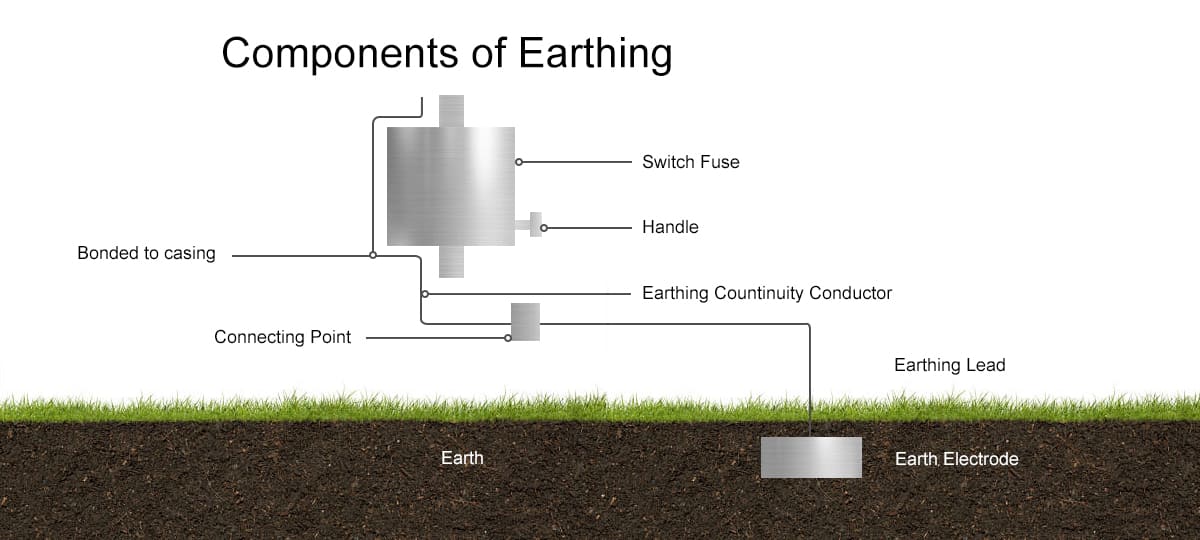
Figure 2 - Primary components in earthing system
Occasions for use of surge arresters: Mainly used on the high-voltage side of outdoor distribution boxes, substations and point of use equipment, as well as any other electrical equipment that needs protection.
Installation location: Usually installed on the high-voltage side or power incoming end of the protected equipment, and connected in parallel with the protected equipment.
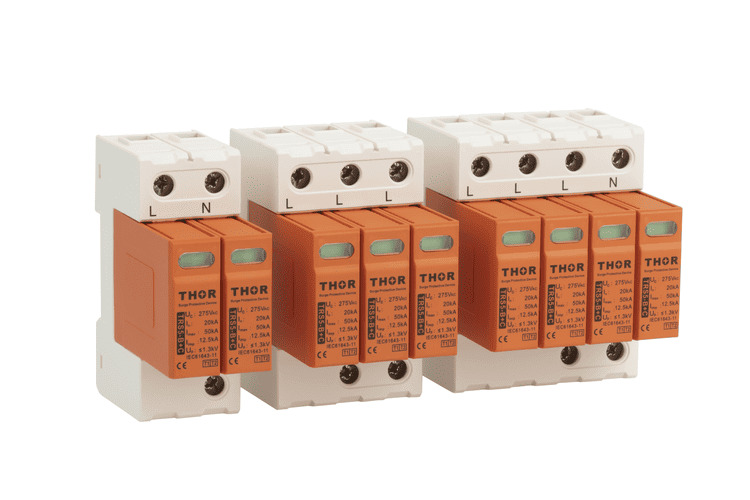
Figure 3 - Common AC surge protective devices
Types and Characteristics
Grounding Features: Utilizes the conductivity of the earth to absorb and disperse electrical current.
Features of surge arrester: It has excellent nonlinear volt-ampere characteristics, fast response time, low residual voltage, and strong overvoltage suppression capability.
To sum up, grounding and surge arresters each have their own unique roles and advantages in power system and equipment protection. Together they form an important part of the safety protection of the power system and provide a strong guarantee for the stable operation of electrical equipment.
Potential risks of protection system without surge arresters
So if the lightning current is conducted to the earth through the grounding system, will it cause damage to the power system? Through the analysis of some actual cases, lightning current conducted to the earth through the grounding system may indeed cause damage to the power system.
The harm caused by lightning to the power system is mainly reflected in the following aspects:
● Lightning counterattack: When the lightning protection device receives a lightning strike, the lightning current flows into the earth along the air terminal, down conductor and grounding body, and generates a high potential on them. If the insulation distance between the lightning protection device and the electrical equipment, wires or other metal pipelines inside and outside the building is insufficient, a discharge phenomenon will occur, which is called "counterattack".
Counterattack may cause the insulation of electrical equipment to be destroyed, metal pipes to be burned through, and even cause fires, explosions and personal casualties. Ground potential counterattack means that when the lightning protection ground network and the ground network of electronic equipment are not in the same network, when a lightning strike occurs, the potential difference generated by lightning current in different ground networks can reach hundreds of kilovolts of instantaneous impact voltage, thus damaging electronic equipment.
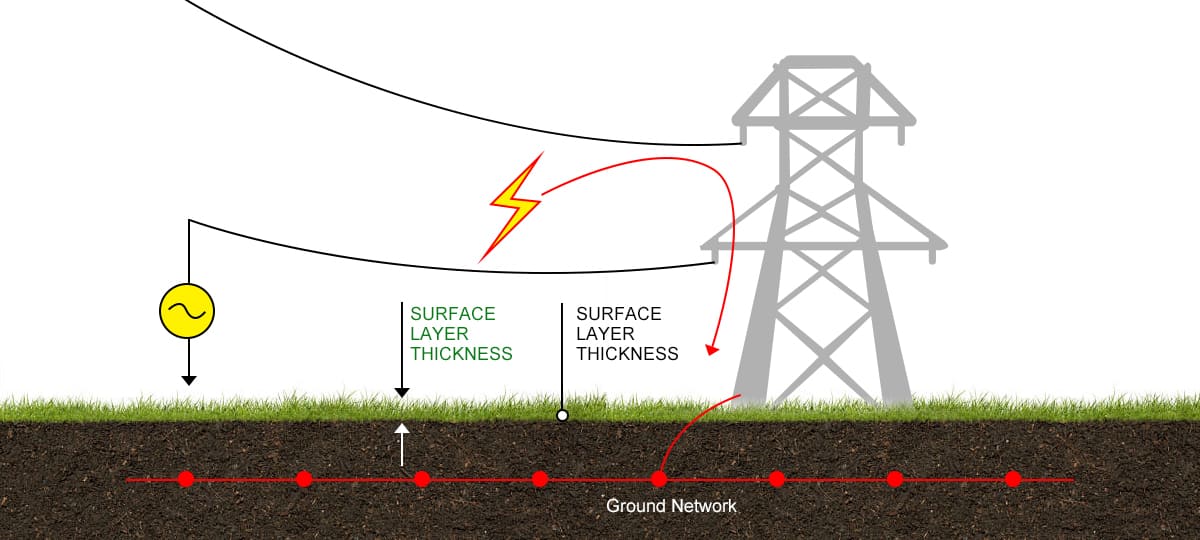
Figure 4 - Ground potential rise
● Lightning wave intrusion: Direct lightning strikes or lightning-induced energy may be introduced into the building from metal lead-in wires such as metal pipes, power lines, and communication cables, causing lightning strike accidents. The input of high potential along wires is the main reason why electrical equipment is struck by lightning. This type of accident accounts for the majority of lightning strike accidents.
● Electromagnetic induction: Lightning current has extremely high peak value and steepness, which will generate transient electromagnetic fields in the space around it. Conductors exposed to the transient electromagnetic field induce electromotive forces that can cause damage to nearby electronic devices.
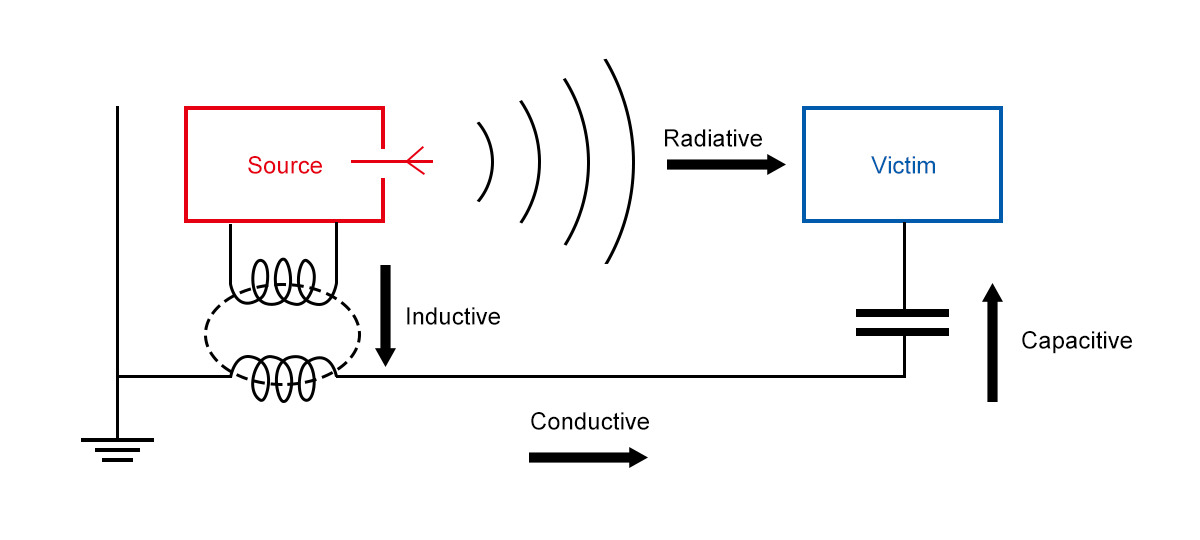
Figure 5 - EMC schematic diagram
● Lightning electromagnetic pulse: Lightning electromagnetic pulse affects all electronic equipment in three-dimensional space. Whether it is the transient electromagnetic field generated by lightning in the pilot channel or the return channel, or the transient electromagnetic field generated after lightning enters the lightning protection device of a building on the ground, it will produce electromagnetic effects within a certain spatial range, which may damage electronic equipment.
Key Measures and Precautions for Grounding and Surge Protection partnership
In order to reduce the damage caused by lightning to the power system, mutual cooperation between the grounding system and the arrester is required. The following measures can be taken:
Make sure there is sufficient insulation distance between the lightning protection device and the metal body of the building, or connect them with metal wires to form an equipotential body.
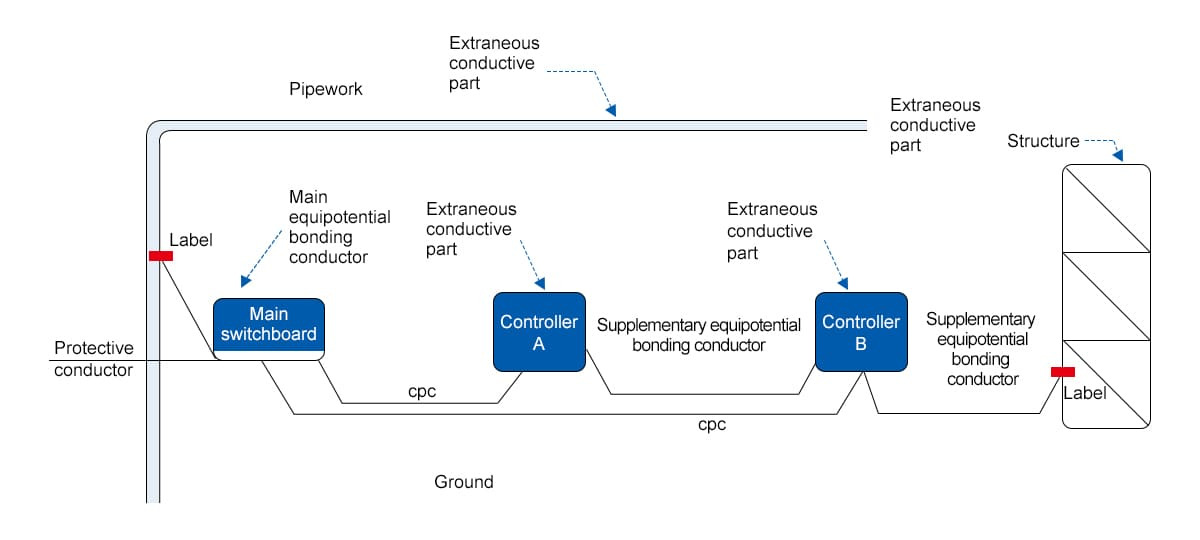
Figure 6 - Equipotential bonding system
Where there are metal lead-in devices, precautions should be taken against high potential, such as installing surge arresters.
When arranging equipment in the computer room, the equipment should be placed away from the main reinforcements of the building's exterior walls and down conductors to reduce the impact of electromagnetic induction.
Metal cabinets and communication equipment racks containing electronic equipment should be well grounded, and corresponding surge protectors or signal surge arresters should be equipped inside the cabinets to provide additional protection.
To sum up, when lightning current is conducted to the earth through the grounding system, if it is not handled properly, it may indeed cause damage to the power system. Therefore, it is necessary to improve the building grounding system and cooperate with the surge arrester to ensure the safe operation of the power system.
